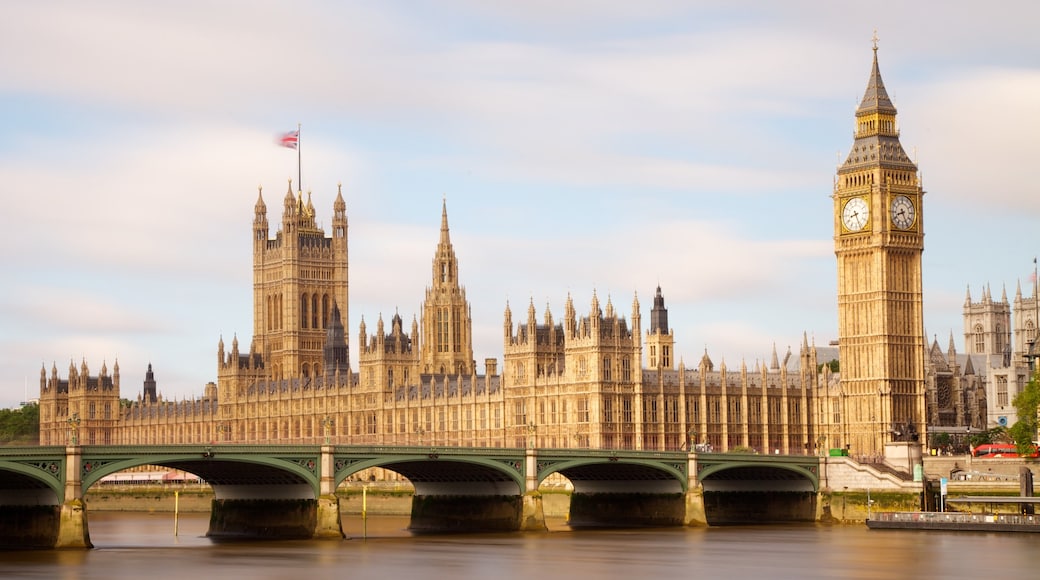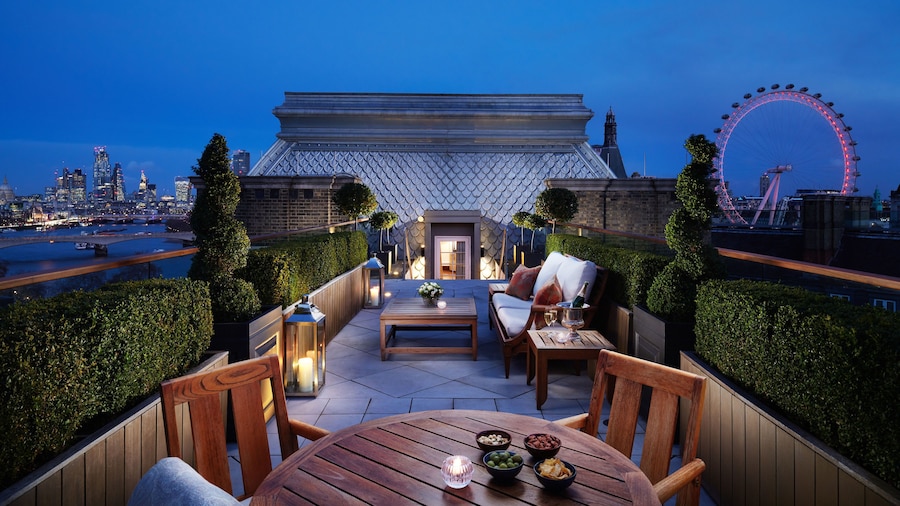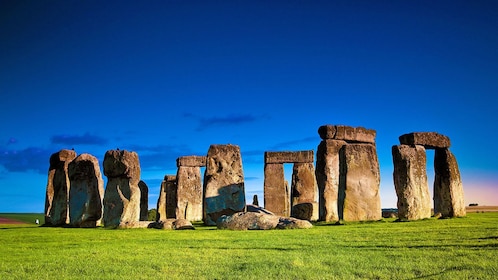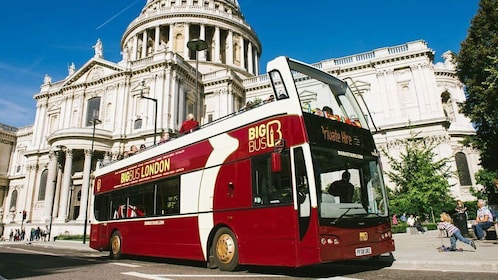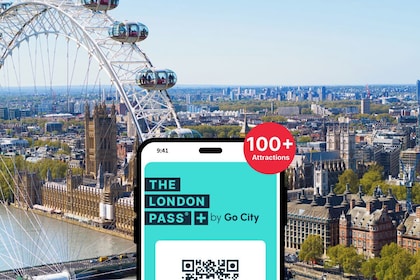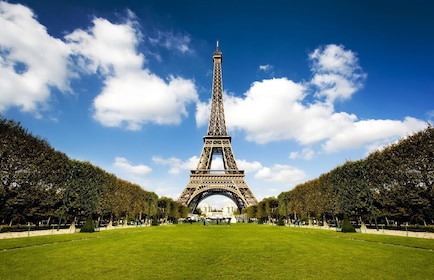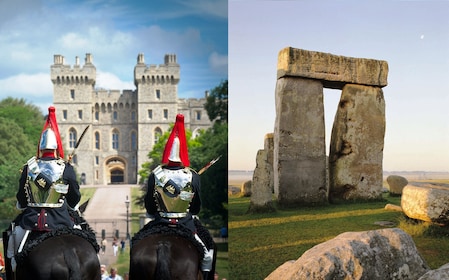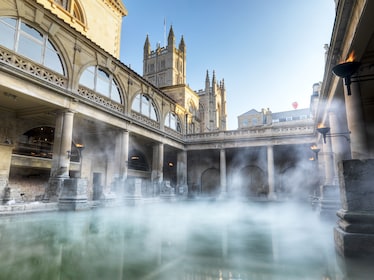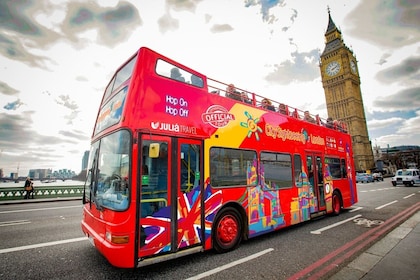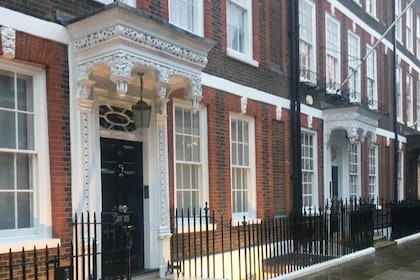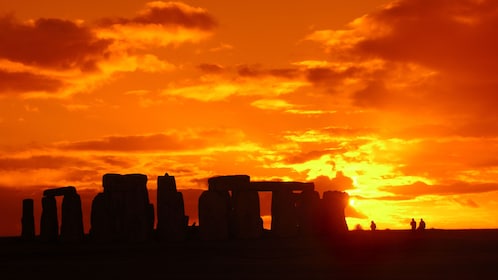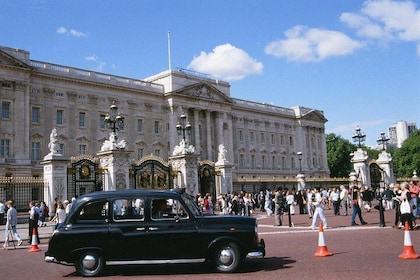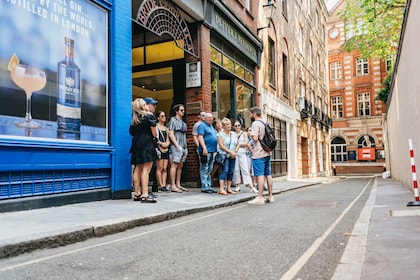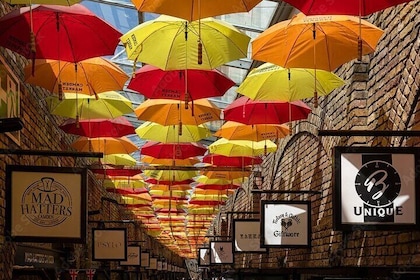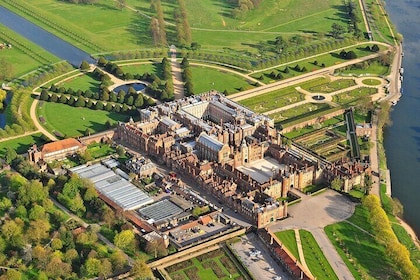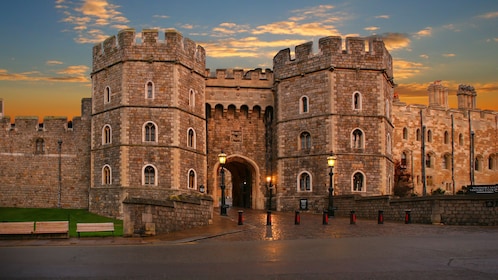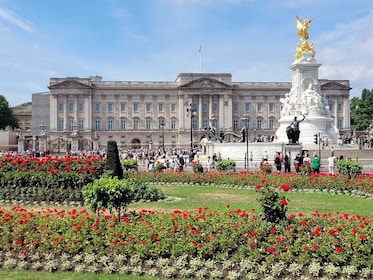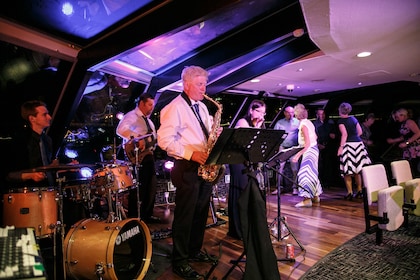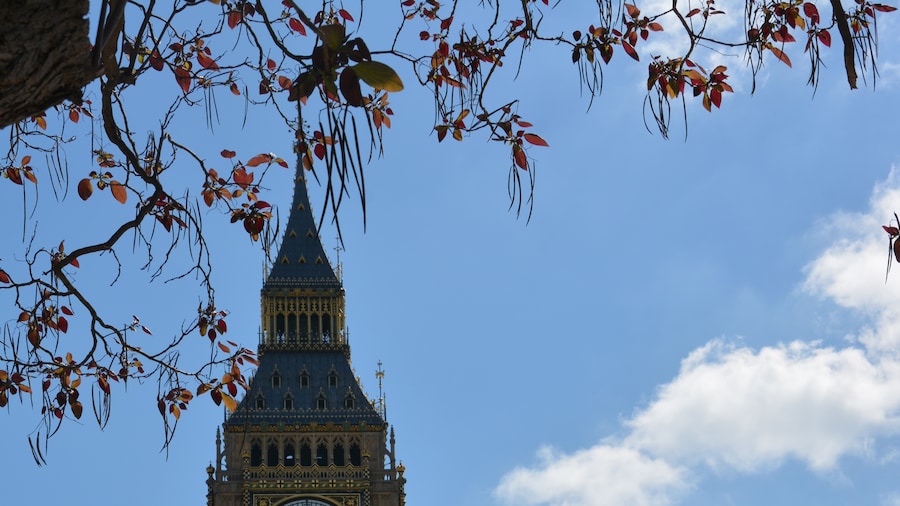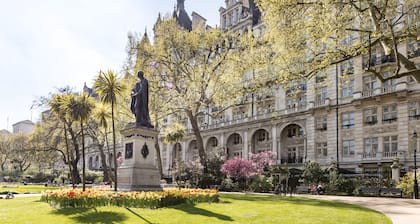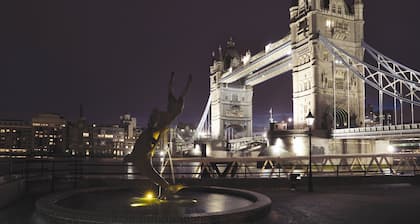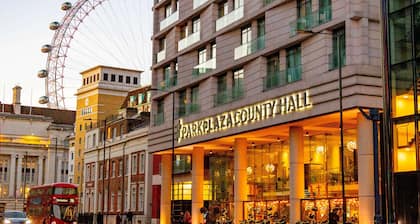Catch a glimpse of Big Ben across the River Thames and you’ll know you have truly arrived in London. Featured in British films, such as “Bridget Jones’s Diary,” “Notting Hill” and “Love Actually,” Big Ben is best viewed from the Thames’ east bank or while strolling along Westminster Bridge, on route to see the Houses of Parliament.
Big Ben was the name originally given to the largest of the clock tower’s bells. The Great Bell, as it is otherwise known, weighs 13 tons (13,760 kilograms). Listen for its deep knell as it strikes on the hour, peeling high across the rooftops and rush of London’s traffic. Nowadays, the name Big Ben is synonymous with the bells, the clock and the tower.
Since first sounding in July 1859, the clock’s reliability and reassuring chime have become a national symbol of British resilience. When the sun sets, its four ivory-tinted faces are illuminated so the clock can still be seen from miles away. The faces have only ever been dimmed in times of national crisis: for two years during World War I, to avoid German zeppelin attacks, and at night during World War II to disorient German Blitz pilots.
Completed in 1858, the clock tower was supposedly named after London’s Commissioner of Works, a large man called Benjamin Hall. Designed by architects Charles Barry and Augustus Pugin in classic Gothic Revivalist style, the brick and limestone tower rests atop Britain’s Houses of Parliament. The clock is the largest four-faced chiming clock in Great Britain. Each face is 23 feet (seven meters) in diameter and contains 312 pieces of opal glass.
Despite its status as a popular landmark, Big Ben only opens its doors to British citizens who can schedule a tour through their parliamentary representatives. Still, this exclusivity won’t stop it from giving you a little rush of excitement the first time you see and hear it.
In June 2012, Big Ben was officially renamed Elizabeth Tower, in honor of Queen Elizabeth II’s diamond jubilee, but it is still known colloquially as Big Ben.
Big Ben is located in central London. The nearest Underground station is Waterloo.
